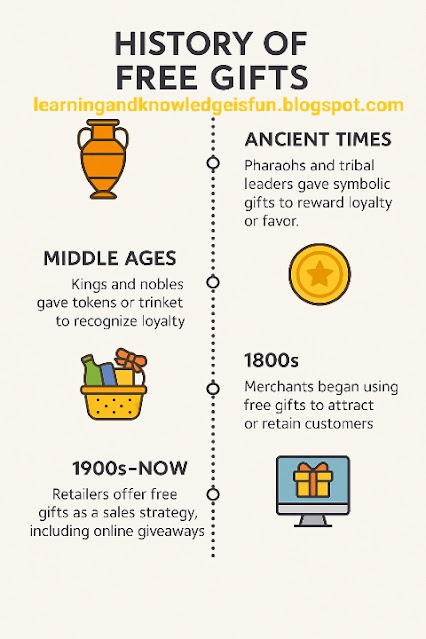Let’s dive deeper—here’s a breakdown of the most exciting ones:
🧠 1. Agentic AI — Your Future Digital Assistant
What it is:
AI that does things for you, not just responds to questions. Like booking flights, managing schedules, writing reports, or troubleshooting your devices.
How it works:
-
Combines natural language understanding with task automation.
-
Connects to tools like email, calendars, documents, websites.
-
Learns from your habits to make decisions on your behalf.
Example:
“Hey AI, manage my online store today.”
→ It updates inventory, replies to emails, posts on social media, and flags issues—all automatically.
⚛️ 2. Quantum Computing — Superpower Brain for Science
What it is:
A computer that doesn’t use bits (0/1), but qubits, which can be both at the same time! This allows it to solve ultra-hard problems regular computers can’t.
What it can do:
-
Design new drugs & materials
-
Optimize complex logistics like global shipping
-
Break (and protect against) current encryption
-
Power AI training 1000x faster
Latest update:
IBM, Google, and startups like IonQ & PsiQuantum have made real progress. We’re now in the “quantum utility” era—practical usage is starting!
🦠 3. Nanorobotics — Tiny Helpers Inside Your Body
What it is:
Microscopic robots (smaller than a red blood cell!) that can swim in your blood and do things like:
-
Deliver medicine exactly where it’s needed
-
Clear clogged arteries
-
Repair cells and tissues
-
Detect diseases early
Cool Fact:
Some nanobots are inspired by bacteria or DNA! Researchers use DNA origami to “fold” robots that self-assemble inside the body. 🤯
🛜 4. 5G Advanced + 6G Coming Soon
What it is:
-
5G Advanced (2025–2028): 10x faster, smarter, and more secure than basic 5G
-
6G (by 2030): 100x faster than 5G, supports telepresence, AI-integrated networks, and real-time brain-computer interfaces.
Why it matters:
-
Live holograms
-
Real-time surgery over the internet
-
Hyper-connected smart cities
🌿 5. Clean Tech & Green AI
Trends:
-
Solar & wind storage tech are exploding
-
AI is now helping predict climate, manage power grids, reduce energy in factories
-
Carbon capture machines & algae-based biofuels are getting real investments
Goal:
Tech that powers us without destroying nature 🌎
Next Episode : explore how these affect daily life, careers, or future gadgets.



